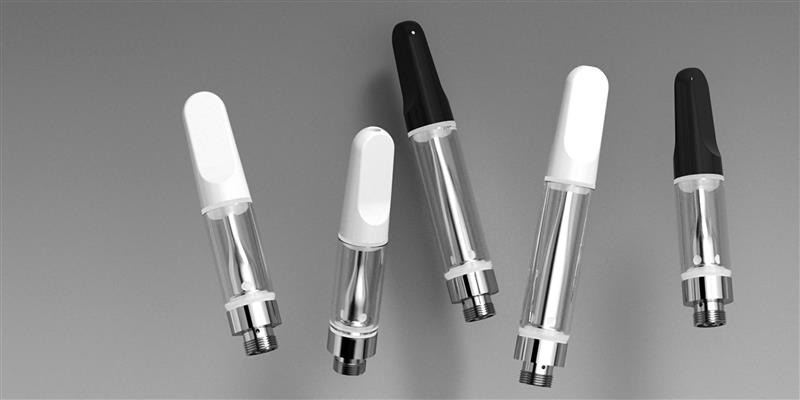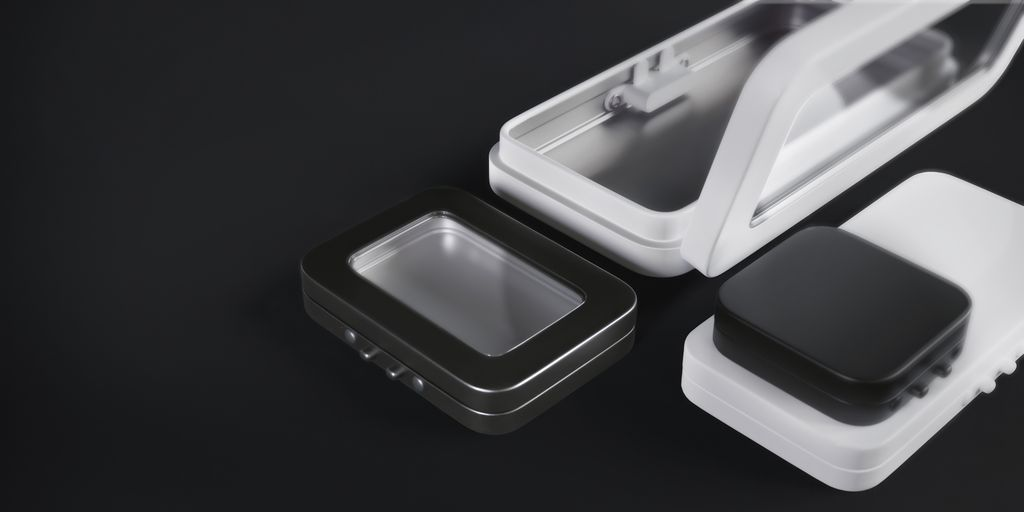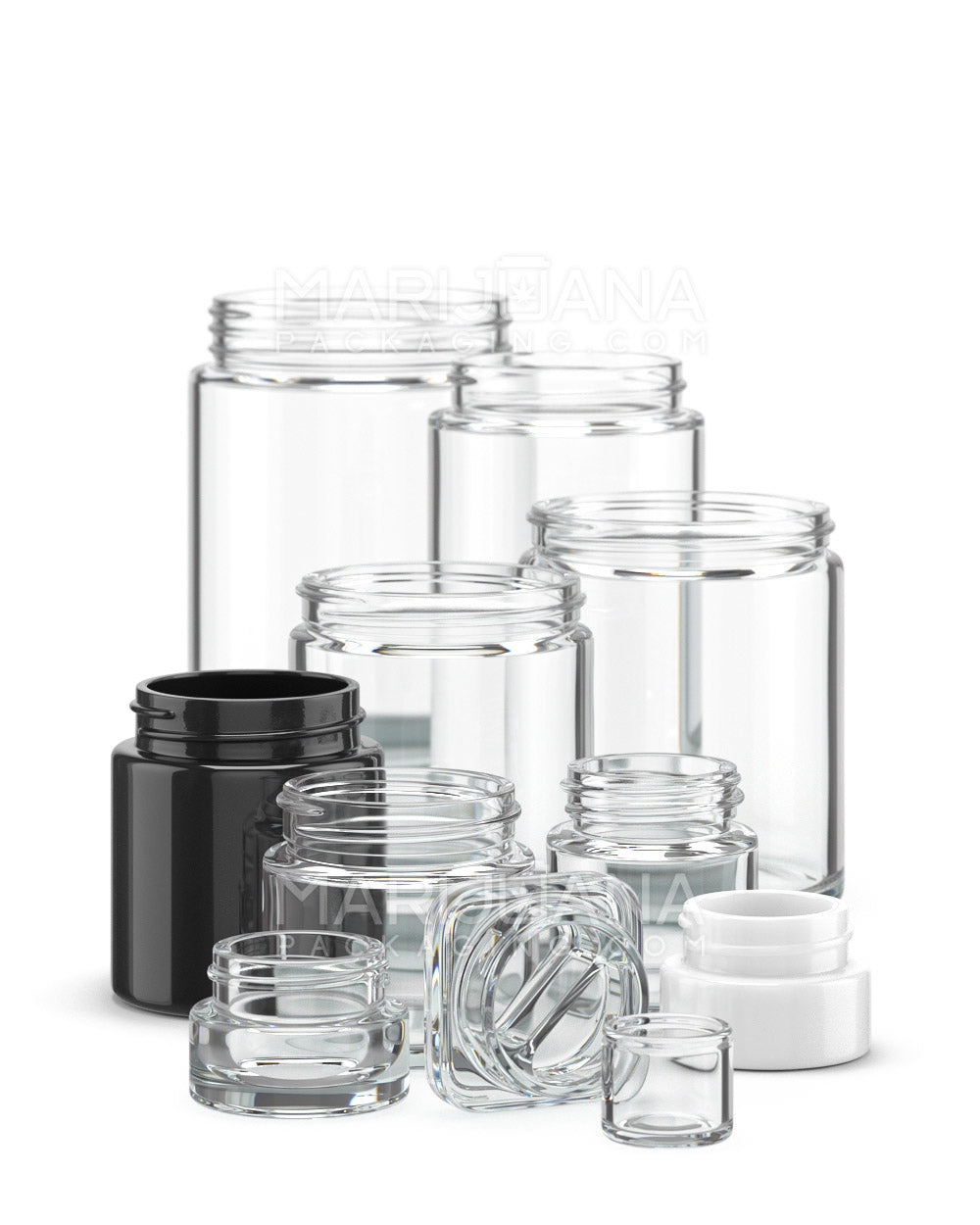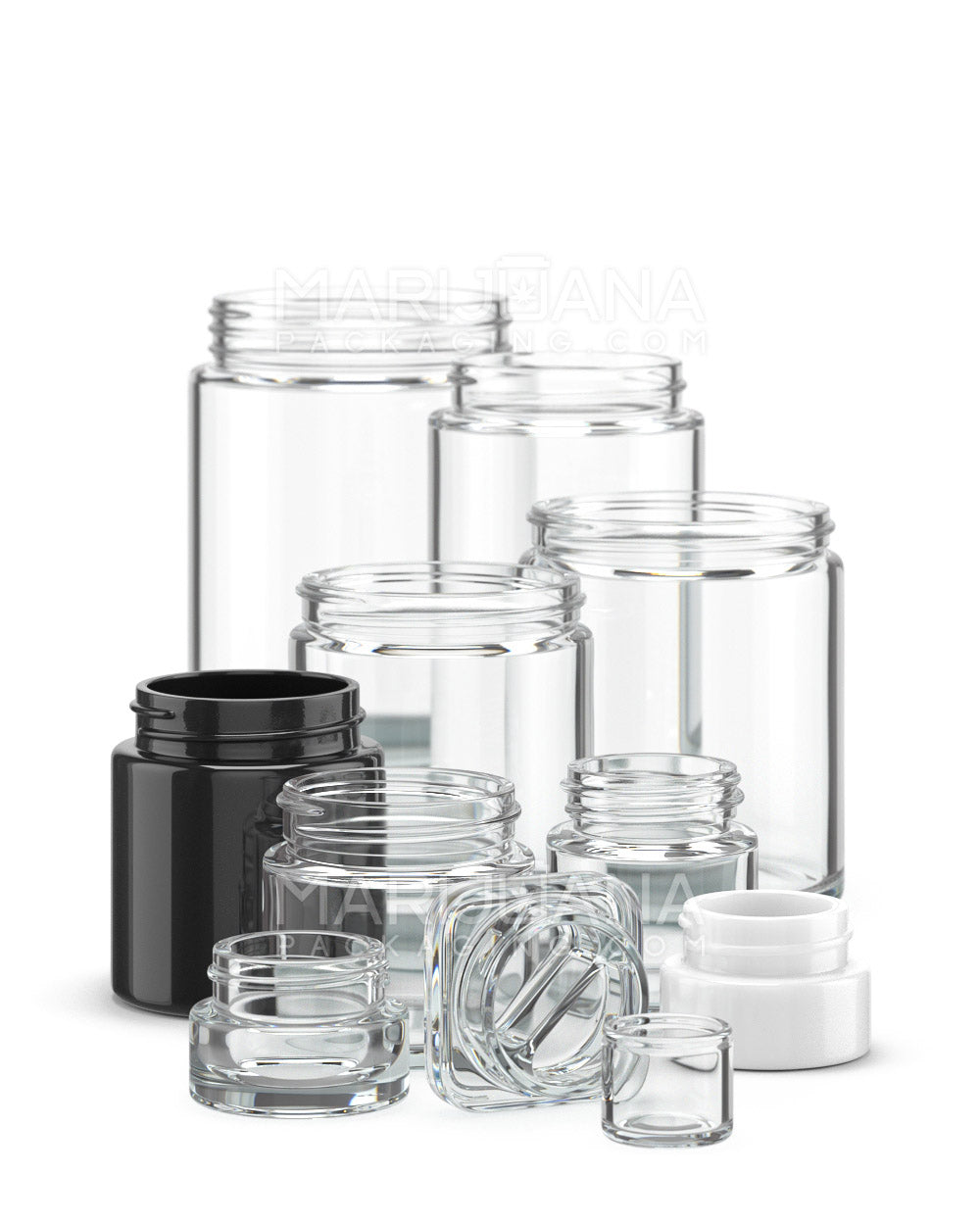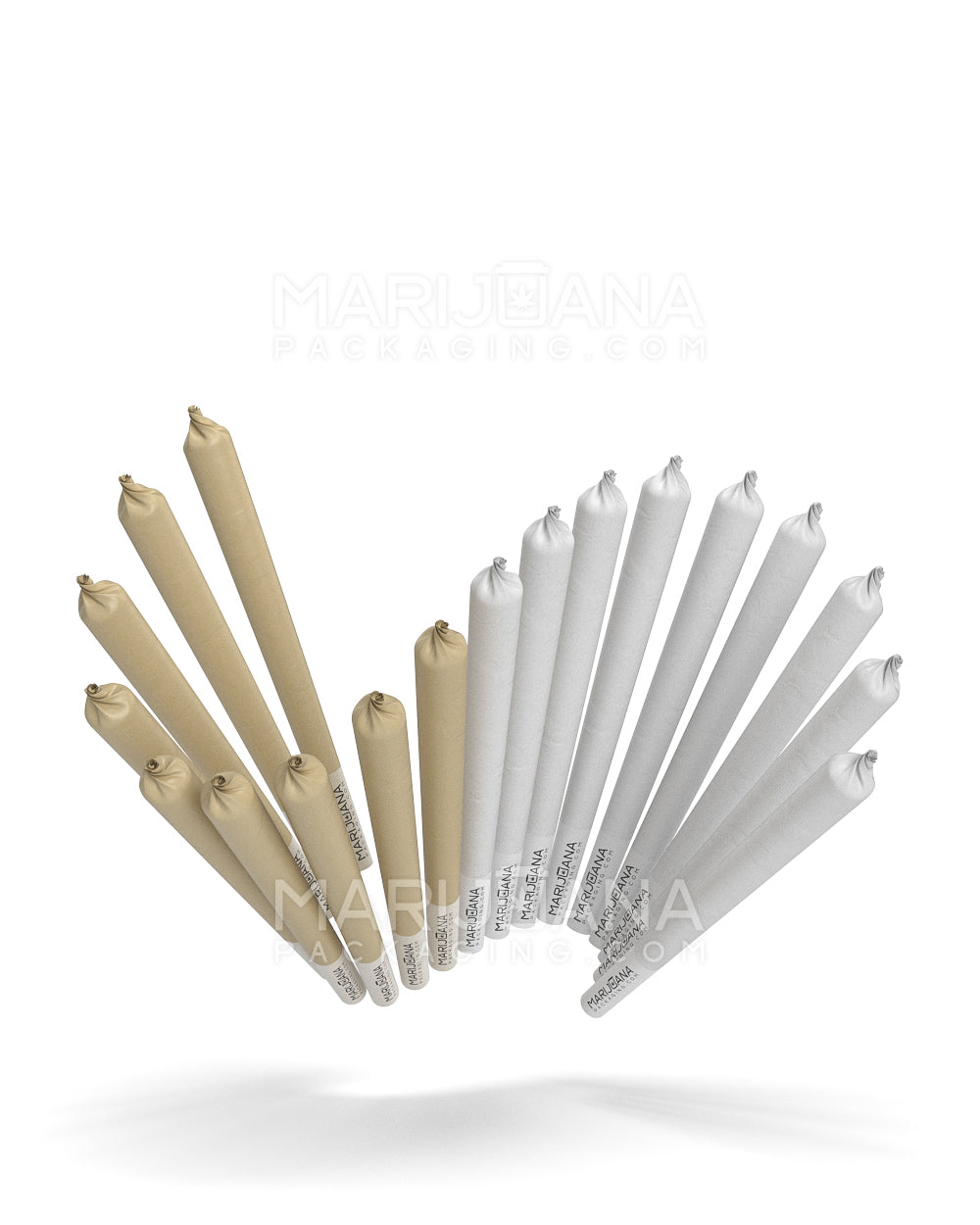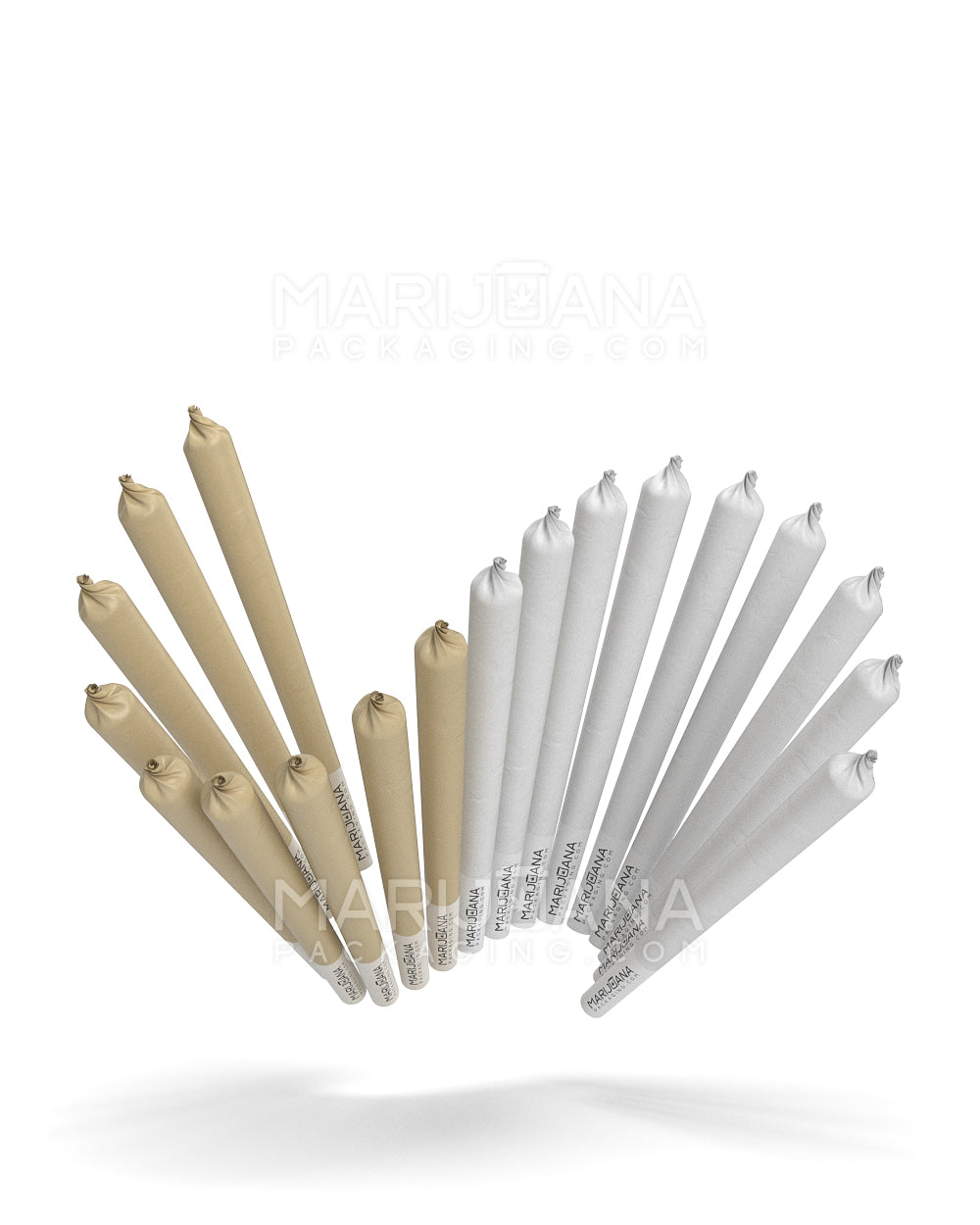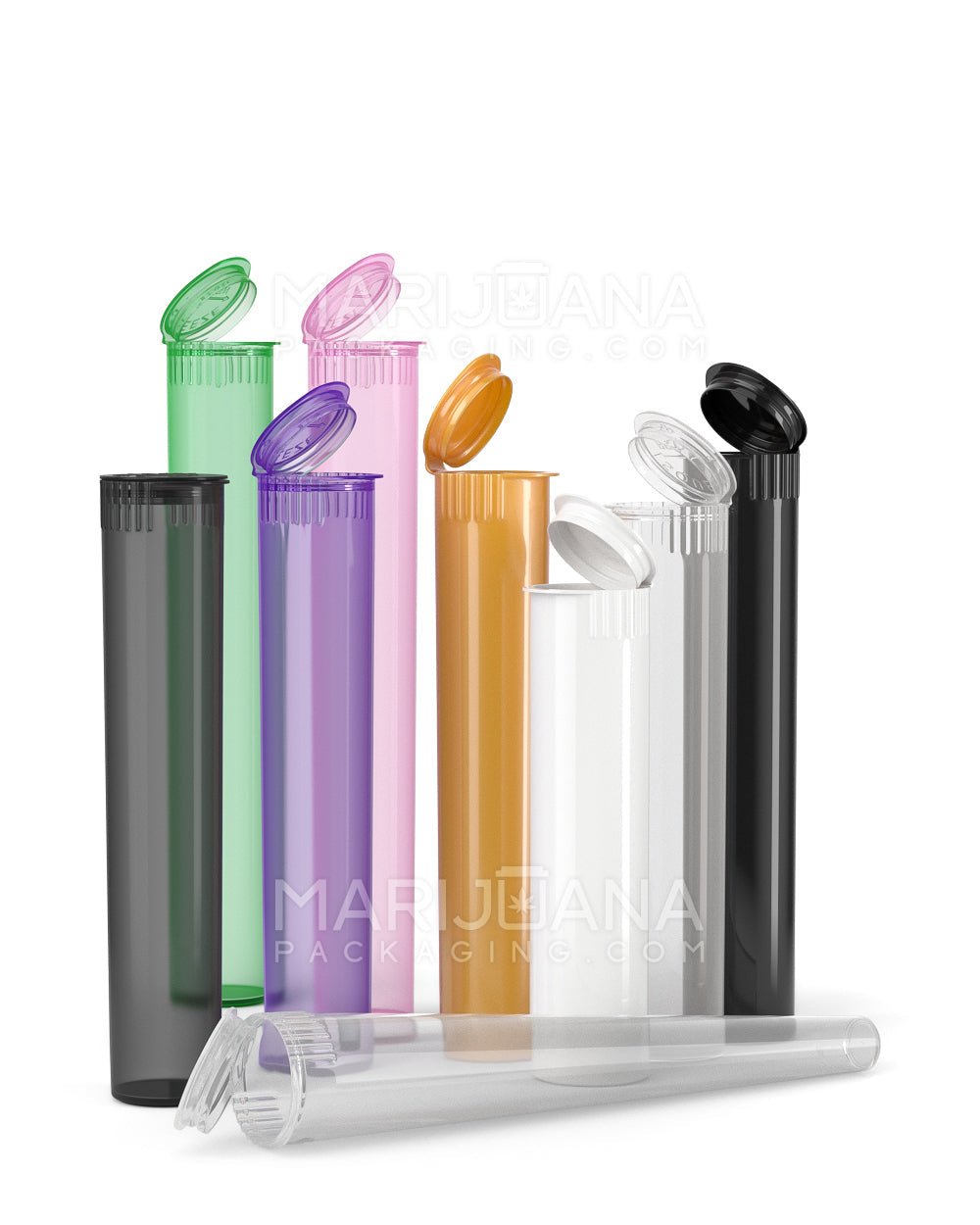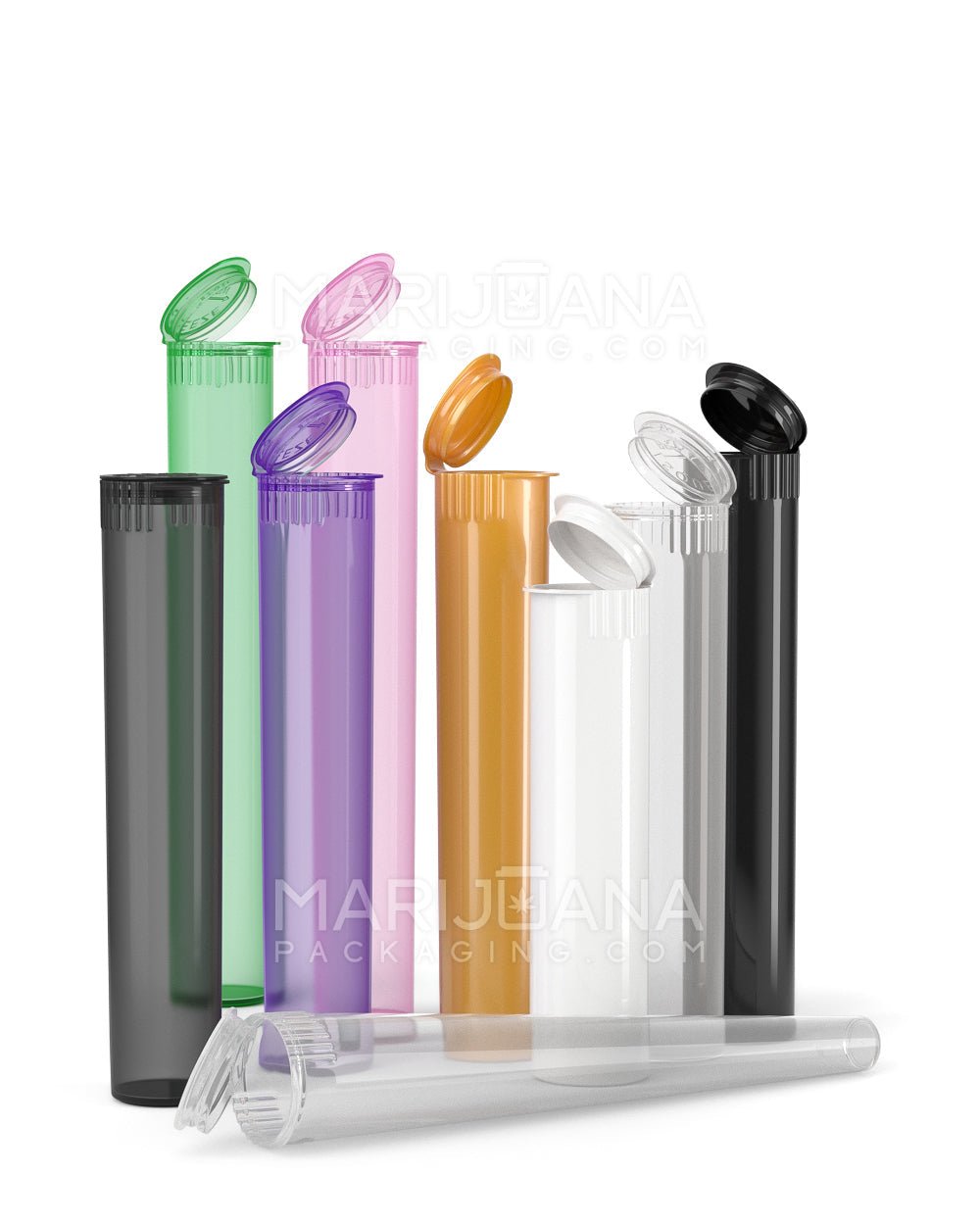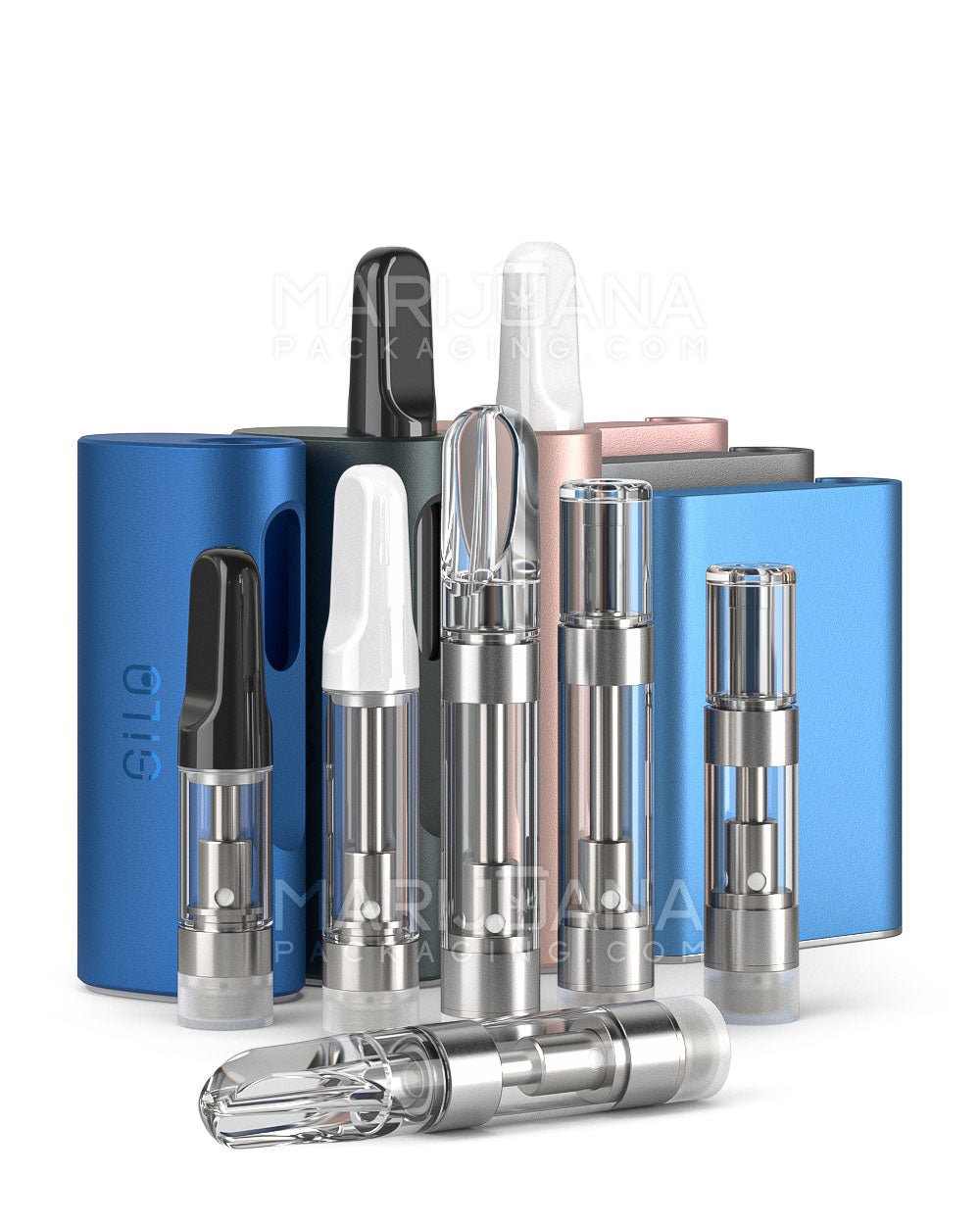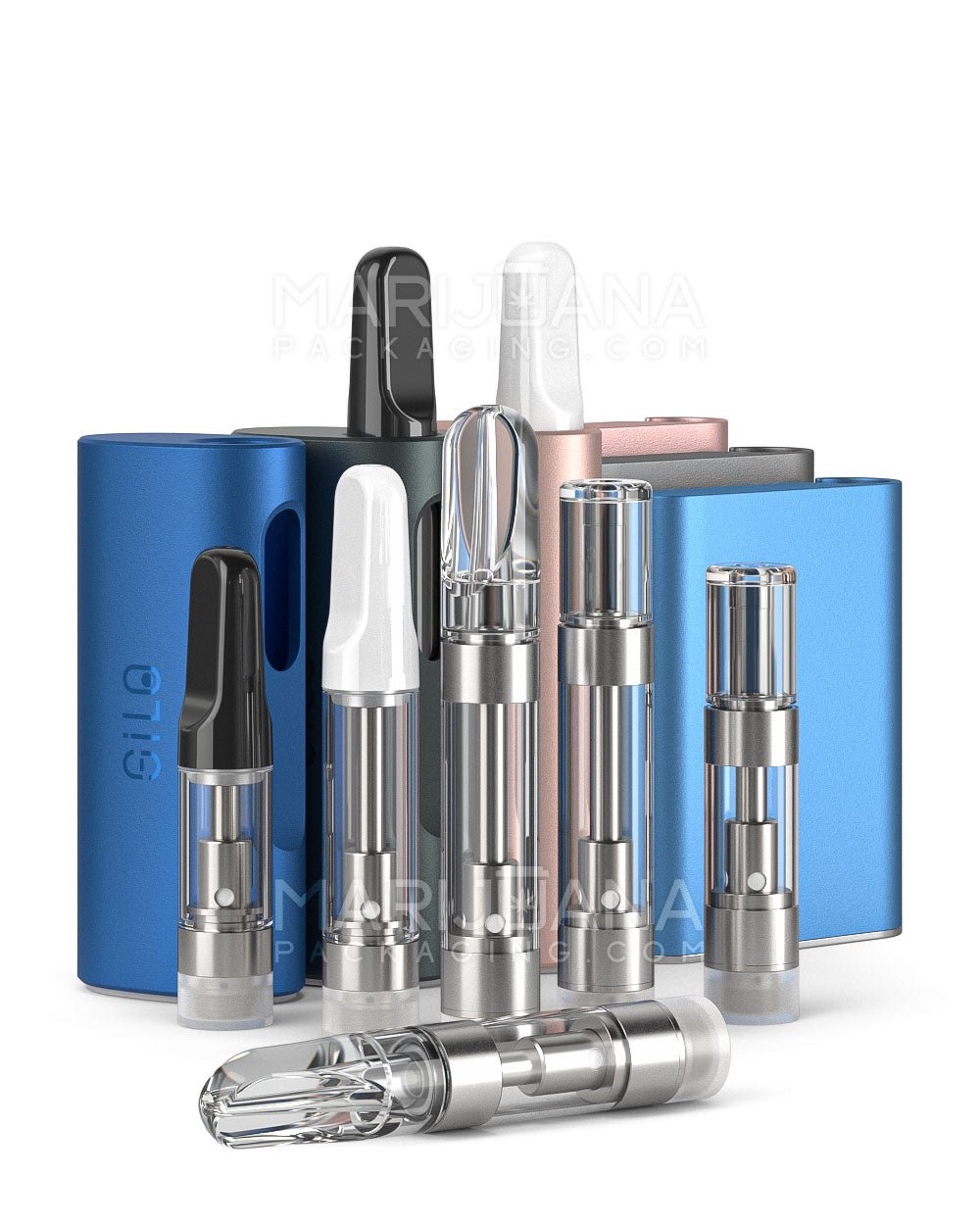Ever walked into a room filled with upside-down hanging plants and wondered what was going on? If you're delving into the world of marijuana cultivation, this might be a familiar sight. Hanging marijuana plants upside down is a common practice among growers, and it serves several purposes that contribute to the overall quality of the final product.
In this article, we'll explore why this method is so popular and beneficial. From enhancing the flavor and potency to ensuring even drying, we’ll cover everything you need to know about why growers choose to hang their plants in such an unusual way. So, let's get started on this fascinating aspect of marijuana cultivation.
The Basics of Drying Marijuana Plants
Before we get into the specifics of hanging plants upside down, it's essential to grasp the overall drying process. Drying is crucial because it prepares the marijuana for consumption, helping to preserve its flavor and potency. If done incorrectly, you could end up with a product that’s harsh to smoke or lacking in quality.
Drying involves removing moisture from the plant slowly and evenly. Too fast, and the outer parts may dry while the inside remains damp, leading to mold. Too slow, and you risk degradation of cannabinoids and terpenes, the compounds responsible for the plant's effects and aroma.
Typically, drying takes place in a controlled environment with regulated temperature and humidity. The goal is to reduce the plant's moisture content to about 10-15%, which makes it ready for the next stage: curing. But why hang them upside down? Let's dive into the details.
Why Hang Marijuana Plants Upside Down?
Hanging marijuana plants upside down might seem a bit strange at first glance, but there's a perfectly good reason for this method. It's all about gravity and airflow. When plants are hung upside down, the moisture naturally moves downwards from the branches and leaves to the buds.
This gradual movement allows for more uniform drying. The buds, which are denser and contain more moisture, benefit from this process as it helps to evenly distribute the moisture content. This results in a smoother, more flavorful smoke.
Moreover, hanging plants upside down helps to maintain the shape and structure of the buds. As they dry, the buds retain their natural shape, which is visually appealing and helps preserve their potency. So, while it might look odd, this method is tried and true among experienced growers.
Promoting Even Drying
Even drying is a key benefit of hanging marijuana plants upside down. But how does this method ensure that the drying process is uniform across the plant? It all comes down to how the plant is structured and the airflow around it.
When hung upside down, the plant's branches are spread apart, allowing air to circulate freely around each part of the plant. This circulation is vital for even drying. Without it, certain parts of the plant might dry too quickly or remain too moist, leading to problems like mold or uneven potency.
In addition, hanging plants upside down helps to slow down the drying process. Rapid drying can lead to loss of flavor and potency, as the essential oils that contain terpenes and cannabinoids can evaporate too quickly. By allowing the plant to dry at a controlled pace, you're preserving these vital components.
Preserving Flavor and Potency
When it comes to marijuana, flavor and potency are paramount. No one wants a bland or weak product, and that's where the upside-down drying method comes in handy. This technique helps to lock in the plant’s natural oils and compounds that define its unique effects and taste.
By hanging the plant upside down, the moisture from the stems and leaves slowly permeates the buds. This gradual movement helps to preserve the terpenes, which are responsible for the plant's aroma and contribute to its effects. The slower drying process also prevents the degradation of cannabinoids, the compounds that determine potency.
In essence, hanging marijuana plants upside down is akin to aging a fine wine. It allows the plant to develop its full range of flavors and effects, making for a more enjoyable experience when consumed. It's a simple yet effective way to enhance the quality of your harvest.
Preventing Mold and Mildew
Mold and mildew are the enemies of any marijuana grower. These pesky fungi thrive in moist conditions and can ruin an entire batch of cannabis if not addressed promptly. Hanging plants upside down is one of the best ways to combat these issues.
By allowing air to circulate freely around the plant, the risk of mold and mildew is significantly reduced. Proper airflow is crucial for drying out the plant's moisture evenly, and hanging them upside down is an effective way to achieve this.
In addition, the gradual drying process helps to prevent the formation of mold. When plants dry too quickly, the outer layers can trap moisture inside, creating an ideal environment for mold growth. Upside-down hanging ensures that the moisture is evenly distributed and expelled, keeping mold and mildew at bay.
Maintaining Bud Shape and Structure
You've probably noticed that well-dried marijuana buds have a distinct, compact shape. This is not just for aesthetics—maintaining the bud's structure is crucial for preserving its potency and flavor. Hanging plants upside down helps to achieve this.
As the plant dries, its branches and stems bear the weight of the buds. This natural tension helps the buds maintain their shape, preventing them from becoming misshapen or flattened. The result is a more visually appealing product that retains its potency.
Moreover, the structural integrity of the bud is important for preserving its trichomes, the tiny, crystal-like structures that contain the plant's cannabinoids and terpenes. By maintaining the bud's shape, you're also protecting these valuable compounds, ensuring a high-quality final product.
Step-by-Step Guide to Hanging Marijuana Plants Upside Down
Ready to try hanging your marijuana plants upside down? Here’s a simple step-by-step guide to help you get started:
- Harvest Your Plants: Start by cutting the plant at the base. Remove any large fan leaves, as they can obstruct airflow and slow down the drying process.
- Find a Suitable Space: Choose a dark, well-ventilated space to hang your plants. A closet or a dedicated drying room is ideal. Ensure the temperature is between 60-70°F and humidity is around 50-60%.
- Hang the Plants: Use string or wire to hang the plants upside down. Attach them to a rod or hanger, ensuring there's enough space between each plant for air circulation.
- Monitor the Drying Process: Check the plants daily to ensure they're drying evenly. This process typically takes 7-14 days, depending on the environment.
- Ready for Curing: Once the stems snap instead of bending, your plants are ready for curing. Trim the buds from the branches and store them in airtight containers for the curing process.
And there you have it! By following these steps, you’re on your way to a high-quality harvest with flavorful, potent buds.
Common Mistakes to Avoid
While hanging marijuana plants upside down is straightforward, there are a few common pitfalls to watch out for. Avoiding these mistakes will help ensure your drying process is successful.
First, don’t rush the drying process. It might be tempting to speed things up, especially if you're eager to enjoy your harvest, but patience is key. Drying too fast can lead to loss of flavor and potency, so let nature take its course.
Second, avoid overcrowding your drying space. Each plant needs ample room for air circulation, so resist the urge to cram too many plants into a small area. Overcrowding can lead to uneven drying and increase the risk of mold.
Lastly, keep an eye on temperature and humidity. Fluctuations can disrupt the drying process and affect the quality of your final product. A consistent environment is essential for optimal results.
Other Drying Methods
While hanging plants upside down is popular, it’s not the only method available. Depending on your space and preferences, you might explore other drying techniques.
For instance, some growers use drying racks. These are especially useful if space is limited, as they allow you to dry your plants horizontally. Just be mindful of airflow and ensure the buds aren't touching each other, which could lead to mold.
Another method is using a commercial drying machine. While more expensive, these machines offer precise control over temperature and humidity, speeding up the drying process without sacrificing quality.
Each method has its pros and cons, so choose the one that best fits your needs and circumstances. However, if you’re looking for a tried-and-true method, hanging upside down remains a reliable choice.
Final Thoughts
Hanging marijuana plants upside down might seem unconventional, but it’s a proven method that offers numerous benefits. From promoting even drying and preserving flavor to preventing mold and maintaining bud shape, this technique is a cornerstone of successful marijuana cultivation.
If you're looking for ways to package your well-dried harvest, Gamut offers a range of solutions to meet your needs. With over a decade of expertise, Gamut's full-scale packaging services can help your product stand out in the market. Whether you need stock options or custom designs, they have you covered.
So, whether you're a seasoned grower or just starting out, consider hanging your plants upside down. It’s a simple step that can make a big difference in the quality of your final product. Happy growing!



